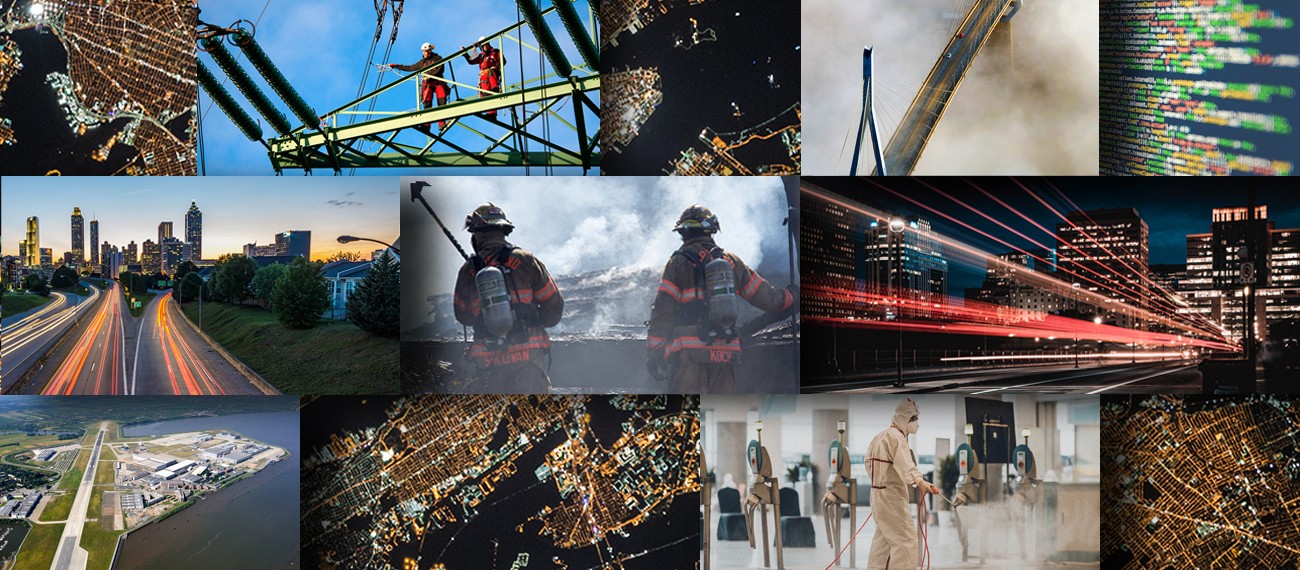
Julia Hinze M.A.
Contact
hinze@kritis.tu-...
work +49 6151 16-28576
Work
S4|22 304
Dolivostr. 15
64293
Darmstadt
Research Interests
- Urban History
- History of Communication and Communication Infrastructures
- 18th and 19th Century History, esp. Saddle Period (1750-1850)
- Warning Signals, Urban Protection Concepts
- Sound Studies, Media History and Material Culture
PhD Project
Information and communication infrastructures for fire detection in cities of the late 18th and 19th centuries (working title)
The research project examines the development of urban communication systems for reporting fires in Germany from the late 18th to the early 20th century. The focus is on the transformation from early warning systems, such as circulating messengers, night watchmen, and tower guards, to technical-electronic network infrastructures such as fire telegraphs and telephones. It analyzes how these infrastructures were established, used, and secured through the circulation of information and people via control and surveillance processes.
Using case studies from Hamburg and Munich, the project highlights:
- Early forms of fire protection and fire reporting (watchtowers, night watchmen, fire riders, municipal fire regulations) – these can also be considered critical infrastructure networks, according to the thesis
- Introduction of technological innovations (optical telegraph, electric fire telegraph, local telephone network)
- Processes of system change and parallel use of old and new media
- Control and surveillance practices to ensure infrastructural security, circulation, and reliability
- Change in social roles, in particular the de-criticization and loss of significance of traditional actors (e.g., the tower watchmen) due to technical innovations
The dissertation project combines approaches from urban and security history with concepts from infrastructure research (e.g., criticality, vulnerability, circulation). The aim is to understand urban disaster control systems as dynamic infrastructure networks whose functionality depends on the interaction between technology, people, and the social framework. The findings offer an innovative contribution to research on urban security and the transformation of critical infrastructures in the modern age.
The project draws on the following sources and source analyses (exemplary excerpts)
- Analysis of archive material from the State Archives of the Free and Hanseatic City of Hamburg and the Munich City Archives, including: municipal records, files on watchmen, sources on fire telegraphs and their networks
- Analysis of digitized newspaper collections, including the Münchener Gemeindezeitung, Hamburger Beobachter, Hamburgischer Correspondent, etc. – Analysis of reports and articles on fire communication
- Evaluation of relevant specialist literature, e.g., telegraph construction, electrical engineering, etc., specifically for the 19th century
- Visual sources, such as historical maps, city views, disaster postcards, etc.


